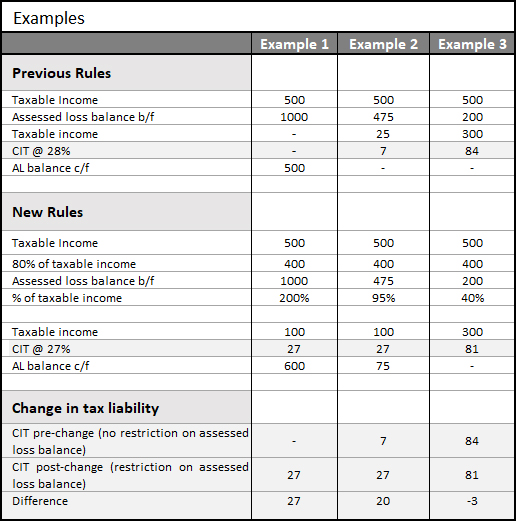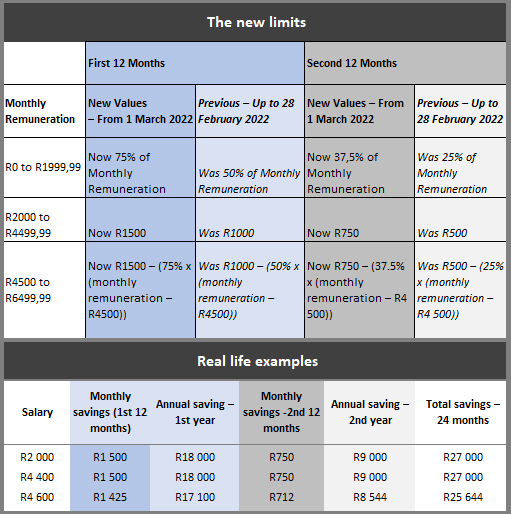
“The employer in collaborating with SARS plays a critical coalition towards adherence and compliance of tax principles and laws.” (SARS External Guide – A Guide to The Employer Reconciliation Process)
By law, employers must deduct or withhold employees’ tax from remuneration and pay this to SARS monthly on or before the 7th of the following month with the EMP201 declarations; and must also reconcile employees’ tax during the interim reconciliation (due end October) and the annual reconciliation (due end May) when tax certificates (IRP5s/IT3(a)s) must also be issued to employees.
What the EMP501 achieves
The Employer Reconciliation Declaration (EMP501) is effectively a summary of all the monthly Employer Declarations (EMP201s) for the filing period or tax year, and as with the EMP201, also contains information regarding the ETI (Employment Tax Incentive), where applicable.
The EMP501 matches the payroll information regarding the employees’ tax deducted or withheld from remuneration – the PAYE, UIF and SDL (Skills Development Levy) liability – as well as ETI, with the payments made to SARS and the information on the employees’ tax certificates.
As such an EMP501 reconciliation requires:
- the monthly EMP201 employer declarations for the period detailing the payroll taxes liabilities (PAYE, SDL, UIF), as well as ETI
- all employees’ updated details and correct values on their (IRP5s/IT3(a)) tax certificates
- actual payroll tax payments made to SARS.
The values on the EMP201 declarations and the tax certificates should balance with actual payments made to SARS.
An accurate and correct EMP501 reconciliation is important because SARS uses the IRP5/IT3(a) certificate information submitted by employers through the annual reconciliation process to prepopulate the employees’ annual income tax returns (ITR12). Employees cannot change this information, so any incorrect information will influence the employee’s personal tax assessment.
The reconciliation process also allows employers to review the monthly EMP201 declarations and if any discrepancies are identified, these must be corrected before submitting the EMP501.
Furthermore, ETI refunds (unused ETI amounts) can only be claimed by submitting interim and annual reconciliations (EMP501s). Failure to do so will result in an ETI refund being forfeited.
The solution to a hassle-free EMP501 submission
In theory, if all the employees’ details are correct and updated, and each EMP201 for the period was correctly completed, submitted and paid, the EMP501 reconciliation should be quite simple.
In reality, it seldom is.
Here are a few of the most common examples where the recalculated (actual) monthly liabilities could differ from the original liability amount declared on the EMP201s:
- A delay in implementing the correct tax tables resulting in an over/under-deduction of tax.
- Any administrative timing difference in updating your payroll records with updated employee information.
- Differences arising due to fluctuations in monthly remuneration.
- An over/under-deduction where, for example, an employer spreads an employee’s 13th cheque tax over a year and the employee resigns before the bonus is due.
Any differences must be reconciled and corrected before the EMP501 can be submitted.
In addition, verified and updated employer and employee information is required to successfully submit the EMP501 reconciliation.
This all adds up to a potentially time-consuming and frustrating process. Of course, the simple solution is to ensure that at all times, the employer and employee information is updated and correct, and that each month, the correct EMP201 declarations and payments are made and that any discrepancies are corrected promptly.
Given the complex nature of employee taxes, a recognised payroll system with automatic updates when tax and other changes are made, is a crucial tool to achieve updated and correct payrolls month after month, and as a result, hassle-free EMP501 reconciliations.
Running out of time?
With the next deadline for this year’s final EMP501 reconciliation around the corner, some companies may realise that they are running out of time.
Before the end of May, all employees’ information must be verified and updated – including valid ID/passport numbers, employee income tax numbers, residential and postal addresses, payment methods and bank account details, and employee classifications. It is not possible to submit the EMP501 reconciliation unless all the mandatory fields for each employee are correctly completed.
The employees’ tax certificates must also reflect all the income, deductions, benefits and contributions pertaining to each employee for the period, recorded under the relevant codes.
Keep in mind that this information is legally required, and you may be subject to penalties for missing information.
If there are any errors, the certificates must be rectified and the EMP501 reconciliation resubmitted. This is costly in time and resources and may result in penalties.
Offences and penalties
An employer who, ‘wilfully or negligently’, amongst others fails to submit monthly declarations; interim and annual reconciliations and/or the annual IRP5/IT3(a)’s is guilty of an offence and is liable, upon conviction, to either imprisonment for up to two years or both imprisonment and a fine.
Non-compliance also includes wilful or negligent failure to deliver an IRP5 to an employee or former employee, deducting or withholding employees’ tax from employees without paying it to SARS, or failure to keep the correct employee certificates, EMP201 and relevant documentation for audit purposes.
The final reconciliation and submission of employee tax certificates to SARS must take place by the end of May. Not doing so will result in a PAYE admin penalty being imposed on the EMP501 return reconciliation for non-compliance. The penalties are levied in 1% increments over a period of 10 months and are based on the employer’s liability for that year of assessment (12 month period). Depending on the number of months outstanding, the penalty is up to 10% of the total employees’ tax liability.
Given all these obligations to be met, as well as the penalties that may apply, companies are well-advised to seek assistance from a professional with the necessary knowledge, experience and resources to assist in completing the process in the few short weeks ahead, as well as to ensure hassle-free EMP501 recons in future.












